Cost-Effectiveness of Treatments
The Medical Tourism Market is increasingly driven by the cost-effectiveness of medical treatments available in various countries. Patients often seek procedures that are significantly cheaper than those in their home countries, without compromising on quality. For instance, countries like India and Mexico offer surgeries at a fraction of the cost compared to the United States or Europe. This price disparity encourages individuals to travel abroad for medical care, particularly for elective surgeries and cosmetic procedures. The potential savings can be substantial, with reports indicating that patients can save up to 70% on certain procedures. As healthcare costs continue to rise in many developed nations, the allure of affordable treatment options abroad is likely to bolster the Medical Tourism Market further.
Access to Advanced Medical Technologies
The Medical Tourism Market benefits from the increasing accessibility of advanced medical technologies in various countries. Many nations have invested heavily in state-of-the-art medical facilities and equipment, attracting patients seeking cutting-edge treatments. For example, countries such as Singapore and Thailand are recognized for their high-quality healthcare services, often featuring the latest in medical technology. This trend is particularly appealing to patients requiring specialized treatments, such as Targeted cancer therapies or orthopedic surgeries. The availability of advanced technologies not only enhances treatment outcomes but also instills confidence in patients regarding the quality of care they will receive abroad. As a result, the Medical Tourism Market is likely to see continued growth as more patients seek out these advanced medical solutions.
Regulatory Support and Government Initiatives
The Medical Tourism Market is positively impacted by regulatory support and government initiatives aimed at promoting medical tourism. Many countries have recognized the economic benefits of attracting international patients and have implemented policies to facilitate this growth. For instance, some governments have streamlined visa processes for medical tourists, while others have established accreditation bodies to ensure the quality of healthcare services. These initiatives not only enhance the reputation of the healthcare system but also instill confidence in potential patients. As countries continue to invest in their healthcare infrastructure and promote medical tourism, the Medical Tourism Market is expected to thrive, attracting more patients seeking quality care abroad.
Availability of Comprehensive Healthcare Packages
The Medical Tourism Market is significantly influenced by the availability of comprehensive healthcare packages that cater to the needs of international patients. These packages often include not only medical procedures but also travel arrangements, accommodation, and post-operative care. By offering all-inclusive services, healthcare providers can simplify the process for patients, making it more appealing to travel abroad for treatment. Countries like Costa Rica and Turkey have developed attractive medical tourism packages that combine healthcare with leisure activities, enhancing the overall experience for patients. This trend is likely to continue as more healthcare providers recognize the potential of the Medical Tourism Market and seek to attract international patients through tailored offerings.
Increasing Awareness and Acceptance of Medical Tourism
The Medical Tourism Market is experiencing growth due to rising awareness and acceptance among patients regarding the benefits of seeking medical care abroad. As information becomes more accessible through the internet and social media, individuals are increasingly informed about their options for medical treatment outside their home countries. This awareness is further fueled by positive testimonials and success stories shared by previous medical tourists. Additionally, many healthcare providers are now offering packages that include travel arrangements, making the process more convenient. The increasing acceptance of medical tourism as a viable option for healthcare is likely to drive more patients to consider traveling for treatment, thereby expanding the Medical Tourism Market.
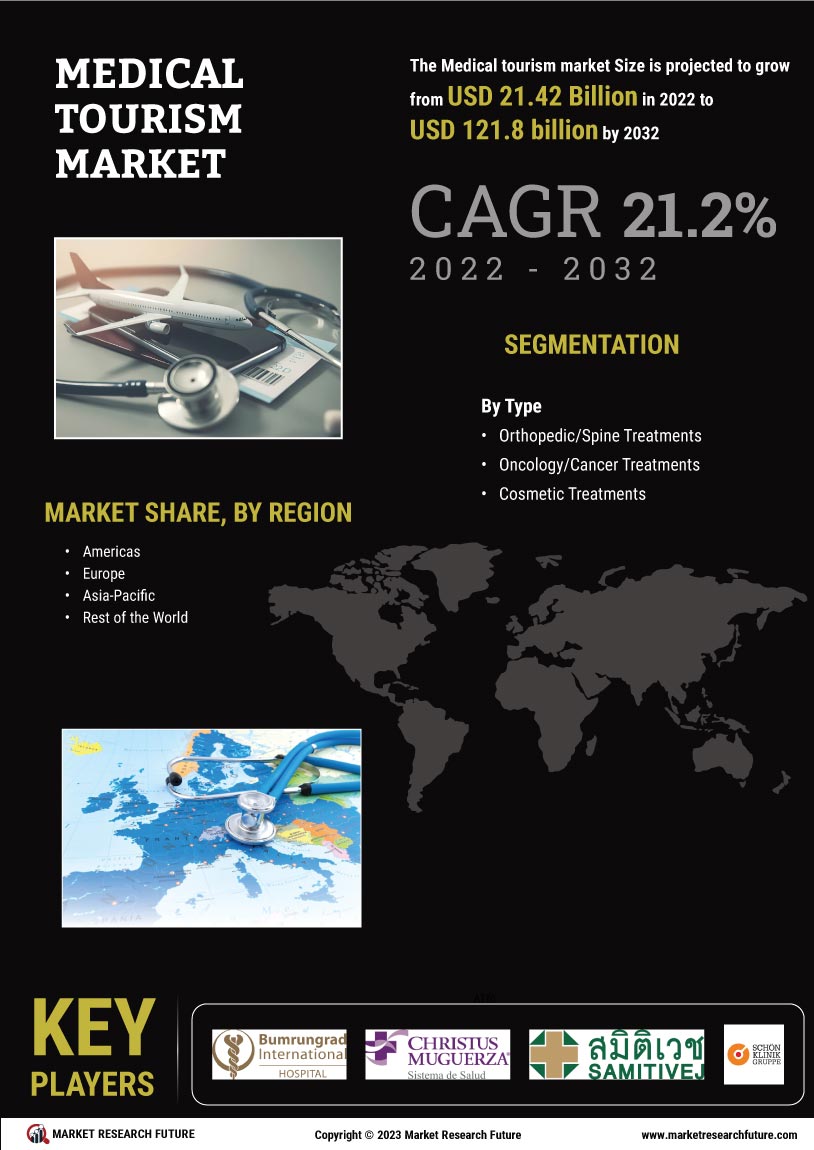

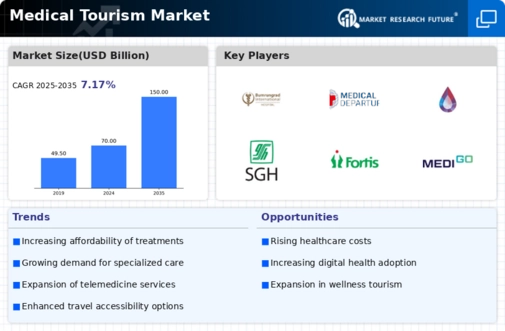
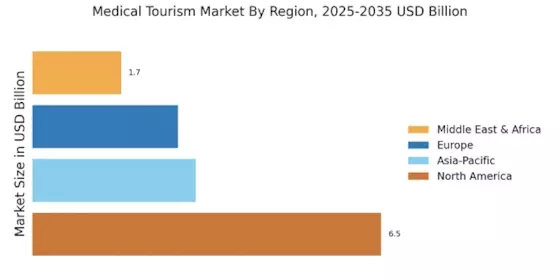
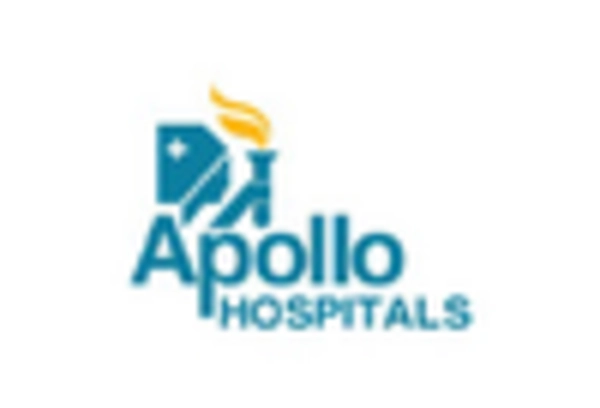
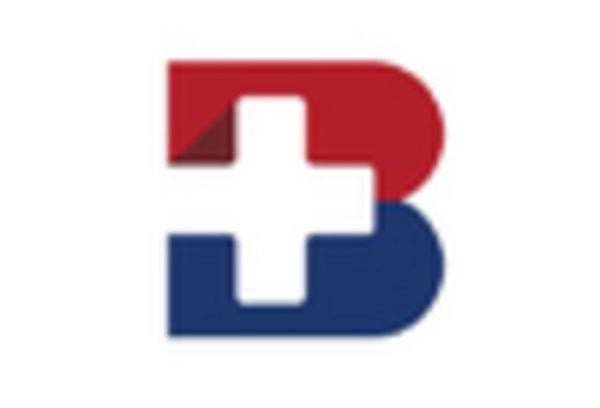
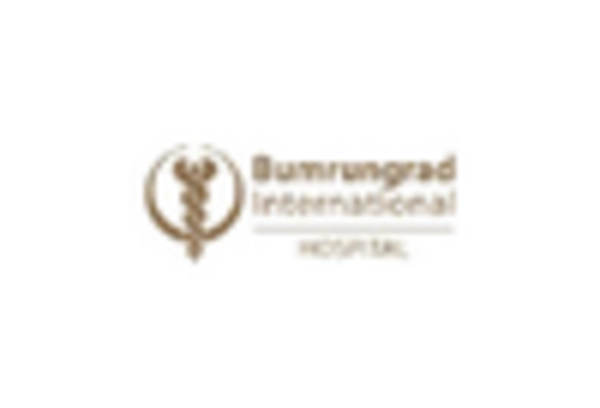
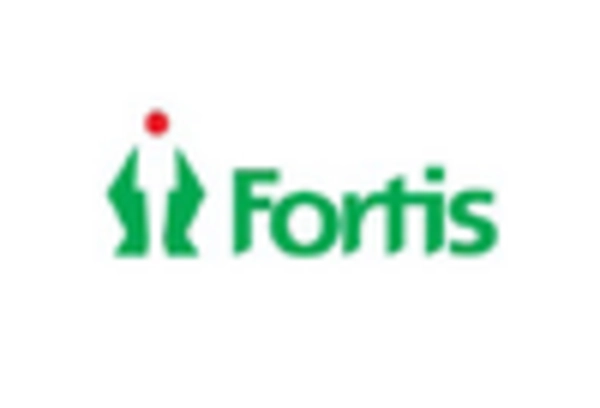
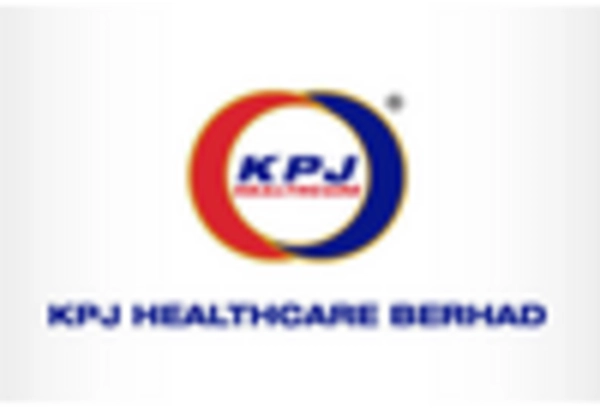
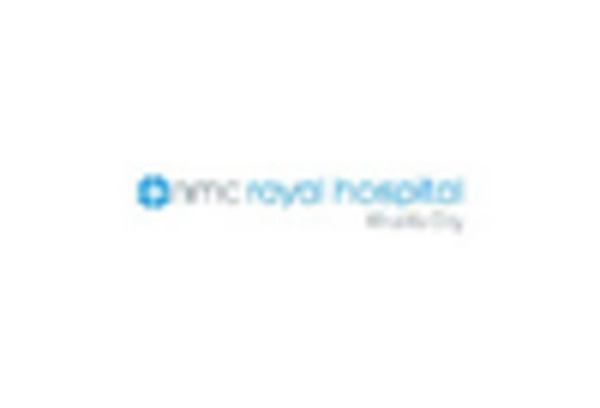








Leave a Comment